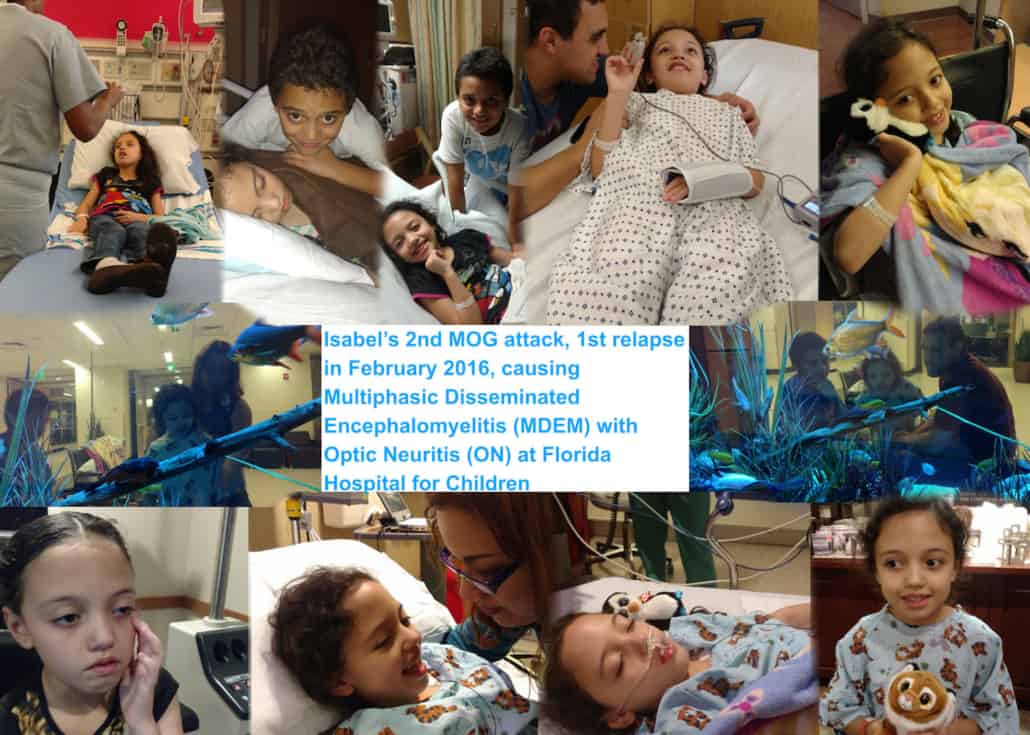

Aquaporin-4 antibodies (AQP4-Ab) target the AQP4 water channels situated on astrocyte foot processes and cause a primary astrocytopathy with secondary demyelination and the clinical phenotype of neuromyelitis optica spectrum disorders (NMOSD) ( Lucchinetti et al., 2014).

More recently, two further diseases caused by antibodies have been described. The most well-described inflammatory demyelinating CNS disease is multiple sclerosis, a T-cell predominant immunological disorder of unknown aetiology ( Olsson et al., 2016). Neuromyelitis optica, multiple sclerosis, transverse myelitis, neuroinflammation, white matter lesion Introduction This work contributes to our understanding of myelitis in these conditions and highlights the clinical relevance of quantitative spinal cord MRI. Cervical cord cross-sectional area associated with disability scores (B = −0.07, P = 0.0440, R 2 = 0.20) and cervical cord spinothalamic tract fractional anisotropy associated with pain scores (B = −19.57, P = 0.016, R 2 = 0.55). Finally, we assessed the clinical relevance of these metrics using a multiple regression model. MOG-antibody disease was discriminated from both AQP4-antibody disease and multiple sclerosis with moderate predictive values. We then applied a principal component analysis, followed by an orthogonal partial least squares analysis. This suggests that relapsing MOG-antibody disease is a more severe phenotype. Those with relapsing MOG-antibody disease showed a reduction in cord cross-sectional area compared to those with monophasic disease, even when relapses occurred elsewhere ( P = 0.012). This suggests a predominant central grey matter component to MOG-antibody myelitis, which we hypothesize could be partially responsible for the significant residual sphincter dysfunction.

However, when considering only areas involved at the time of the acute attack, a reduction in grey matter volume was found ( P = 0.023). MOG-antibody disease did not show significant differences to healthy volunteers in any modality. In multiple sclerosis this relationship with lesions was absent. In AQP4-antibody disease the damage was localized to areas of the cord involved in the acute attack. Those with multiple sclerosis showed significantly increased mean diffusivity ( P = 0.001) and reduced fractional anisotropy ( P = 0.013), grey matter volume ( P = 0.002) and magnetization transfer ratio ( P = 0.011). Those with AQP4-antibody disease showed a significant reduction in cervical cord cross-sectional area ( P = 0.038), thoracic cord cross-sectional area ( P = 0.043), cervical cord grey matter ( P = 0.011), magnetization transfer ratio ( P ≤ 0.001), fractional anisotropy ( P = 0.004) and increased mean diffusivity ( P = 0.008). MRI scans were analysed using publicly available software. All participants had documented spinal cord involvement and were at least 6 months post an acute event. Eighty participants (20 in each disease group and 20 matched healthy volunteers) underwent spinal cord MRI (cervical cord: 3D T 1, 3D T 2, diffusion tensor imaging and magnetization transfer ratio thoracic cord: 3D T 2), together with disability, pain and fatigue scoring. In this cross-sectional study we use quantitative spinal cord MRI to better understand these conditions, differentiate them and associate with relevant clinical outcomes. Spinal cord involvement is a hallmark feature of multiple sclerosis, neuromyelitis optica with AQP4 antibodies and MOG-antibody disease.


 0 kommentar(er)
0 kommentar(er)
